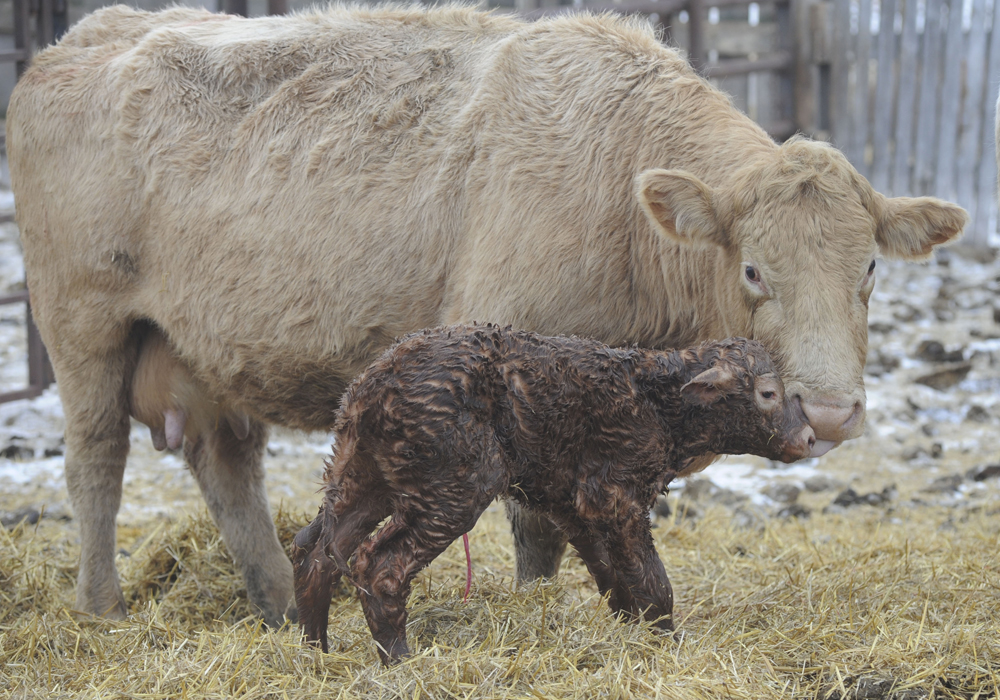RED DEER — Colostrum is vital for a calf in its first hours of life.
Colostrum provides passive immunity where antibodies are transferred from the dam to the calf but research has discovered about a third of beef calves in Alberta do not get enough. Inadequate passive immunity means they have a 50 percent higher chance of treatment and 60 percent greater chance of death.
“It is how we keep calves alive in the first few weeks and months of their lives. Without that passive immunity they wouldn’t make it,” said researcher Claire Windeyer of the University of Calgary’s faculty of veterinary medicine.
Read Also

Animal protection delivery to change in Saskatchewan
The Saskatchewan government is looking for a new agency to handle animal welfare after Animal Protection Services of Saskatchewan decided not to renew its contract next year.
Calves need colostrum because they do not get antibodies from the mother while in the womb.
Early feeding of colostrum to the newborn calf protects the gut and provides immunoglobulin (IgG), a family of proteins that includes antibodies.
The ability to absorb IgG happens best within the first six hours of life and after that absorption drops off quickly. The calf may struggle to suck enough if it was chilled or experienced a difficult delivery.
Beef calves should get more than one litre of good quality colostrum within four to six hours of birth and another litre of colostrum by 20 to 24 hours. The goal is to get 200 to 300 grams of IgG into the calves.
Colostrum quality depends on nutrition, vaccination and breed of cow. It is known mature cows provide on average about 135 grams of IgG per litre of colostrum. Second calvers provide between 150 to 155 grams and heifers have 154.8 grams of IgG per litre.
“Based on our research we know that our cows will have 150 grams of IgG per litre. We always say the maternal colostrum is the best first choice if we can get it,” she said.
Dairy colostrum should probably not be used because it does not have enough immunoglobulins.
Substitutes are available, but it is important to read the label to make sure the products provide enough benefit.
“Cows’ milk is better and I highly recommend you use your own herd’s colostrum. Don’t bring in outside colostrum. You can bring outside diseases in your herd,” said Craig Dorin of Veterinary Agri-Health Services in Airdrie, Alta.
Fresh colostrum can be frozen quickly in a bottle or zip lock bag. It can be stored for a year in the freezer. Do not microwave it because that denatures proteins and IgG content.
It is better for a calf to nurse colostrum than to tube-feed it.
Calves have an esophageal groove that goes to the fourth stomach where it is digested. Tube feeding goes to the rumen and takes longer to get to the right place for the most benefit.
If the calf experienced a hard delivery and has no suckle reflex, tubing is the answer.
“Tube it right away. The sooner that calf starts absorbing it and as soon as that calf gets energy in its belly to get a little more strength is the priority,” said Dorin.
















